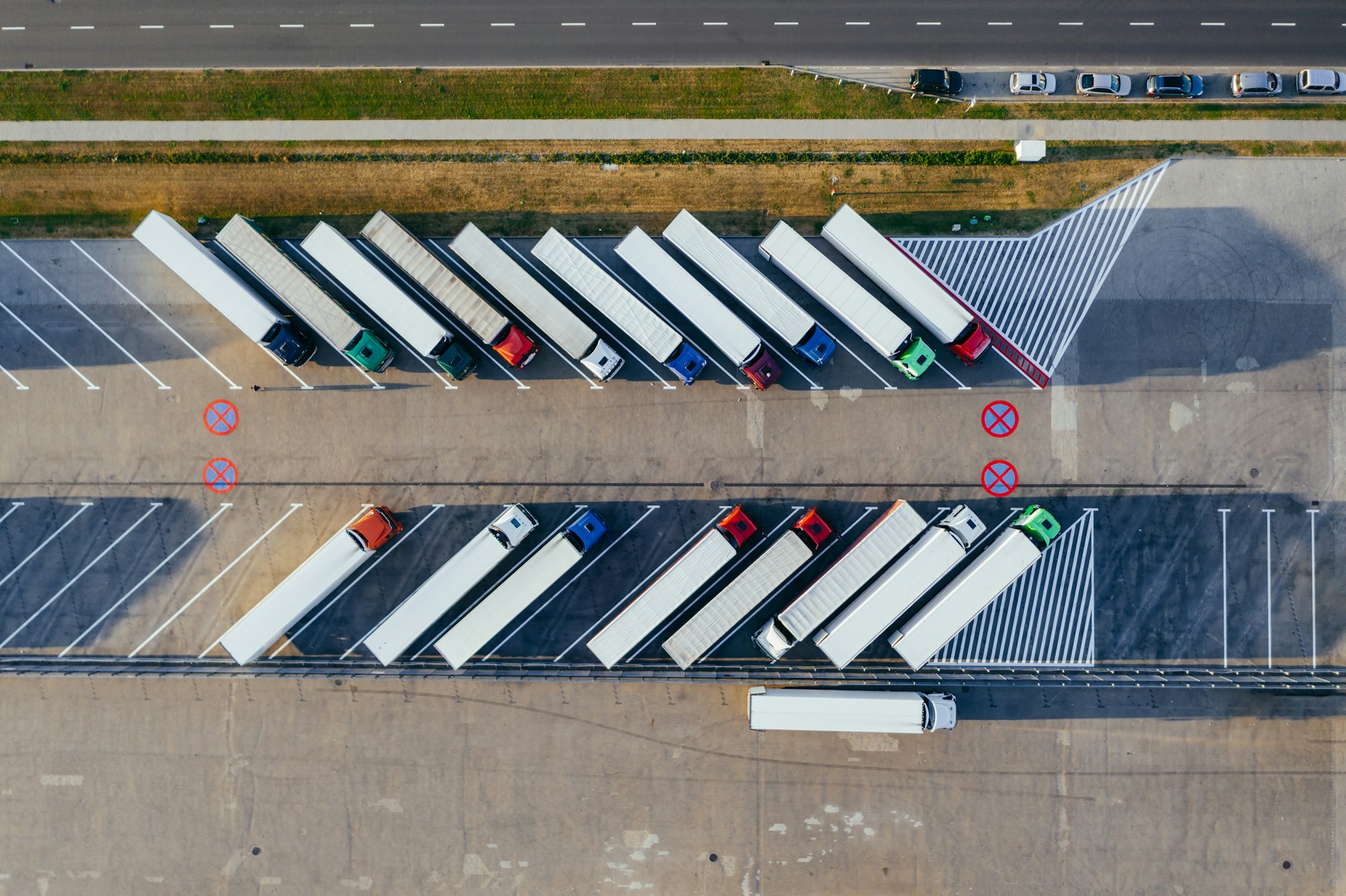Forced labour, trade cast shadow on Biden's US supply chain plan just

The US apparel sector supports President Biden's efforts to strengthen supply chains through the White House Council on Supply Chain Resilience. However, concerns persist regarding his stance on global trade policies and addressing domestic forced labor. President Biden has unveiled nearly 30 measures aimed at bolstering supply chains, which are crucial for both the US economy and national security, as part of his "Bidenomics" agenda to alleviate inflation concerns for American consumers.
Source: Link
html
Frequently Asked Questions
1. What is the Uyghur Forced Labor Prevention Act?
The Uyghur Forced Labor Prevention Act is legislation that aims to prevent goods produced with forced labor from entering the U.S. market. It allows the U.S. Customs and Border Protection (CBP) to investigate and act upon allegations of forced labor in supply chains and implement Section 307 of the Tariff Act. For more information, visit the CBP's page on the act: https://www.cbp.gov/trade/forced-labor/UFLPA
2. How is the Biden-Harris administration addressing supply chain disruptions?
The Biden-Harris administration has established a Supply Chain Disruptions Task Force to address short-term supply chain discontinuities. Additionally, they are examining existing U.S. trade agreements to strengthen collective supply chain resilience. Details on these initiatives can be found at the White House's briefing room statements: https://www.whitehouse.gov/briefing-room/statements-releases/2021/06/08/fact-sheet-biden-harris-administration-announces-supply-chain-disruptions-task-force-to-address-short-term-supply-chain-discontinuities/
3. How are U.S. businesses encouraged to combat forced labor in their supply chains?
The CBP encourages stakeholders in the trade community to closely examine their supply chains to ensure that the goods imported into the U.S. are not produced with forced labor, including mining, producing, or manufacturing. For more guidance and information, businesses can consult the CBP's resources on forced labor: https://www.cbp.gov/trade/forced-labor
4. What is the Biden-Harris plan to revitalize American manufacturing and supply chains?
The Biden-Harris plan aims to revitalize American manufacturing, improve supply chain resiliency, and secure critical supply chains. This initiative is part of the broader strategy to help the U.S. compete globally by investing in domestic manufacturing and research and development (R&D). The plan is outlined on the White House's website: https://www.whitehouse.gov/briefing-room/statements-releases/2022/02/24/the-biden-harris-plan-to-revitalize-american-manufacturing-and-secure-critical-supply-chains-in-2022/
5. What actions has President Biden taken to secure critical supplies like housing?
The Biden-Harris Administration has announced a Housing Supply Action Plan to help close the housing supply gap within five years. This includes working with the private sector to address shortages and making policy changes to ease housing costs for Americans. More information is available on the White House's page discussing these actions: https://www.whitehouse.gov/briefing-room/statements-releases/2022/05/16/president-biden-announces-new-actions-to-ease-the-burden-of-housing-costs/
6. What steps has the administration taken regarding products made by forced labor in China?
In 2020, the Bureau of International Labor Affairs (ILAB) added five goods produced by forced labor by Muslim minorities in China to the 2020 edition of their report, indicating the administration's commitment to identifying and combating forced labor globally, including goods originating from Xinjiang. More details on this can be found at the U.S. Department of Labor’s page: https://www.dol.gov/agencies/ilab/against-their-will-the-situation-in-xinjiang
Note: The questions and answers were generated based on the information given in the provided search results. For the most up-to-date and comprehensive information, please refer to the relevant official websites and resources.

